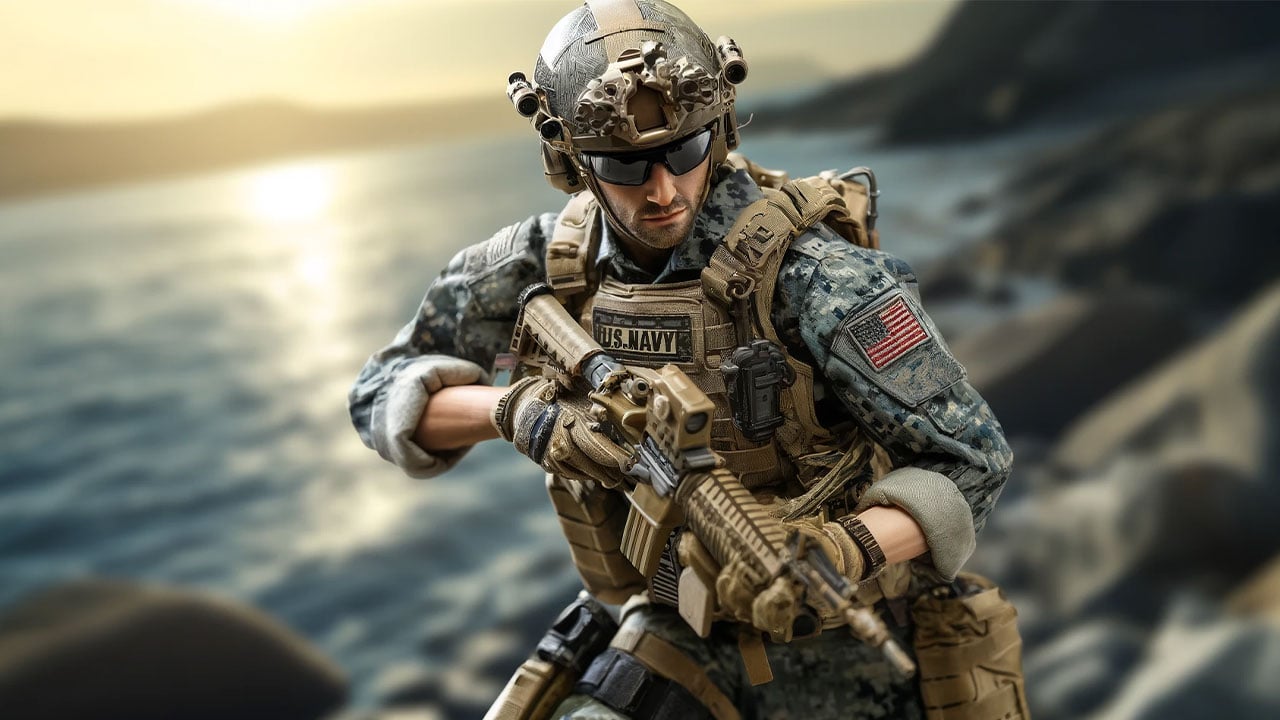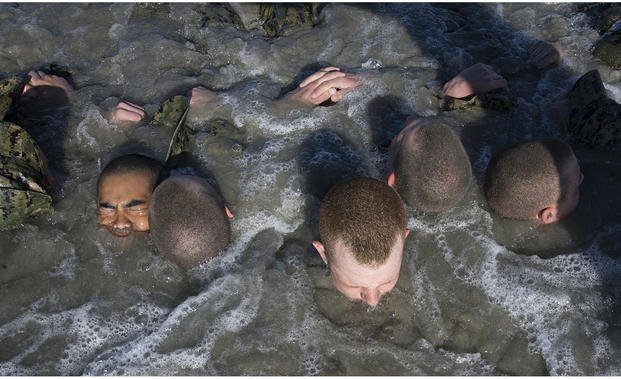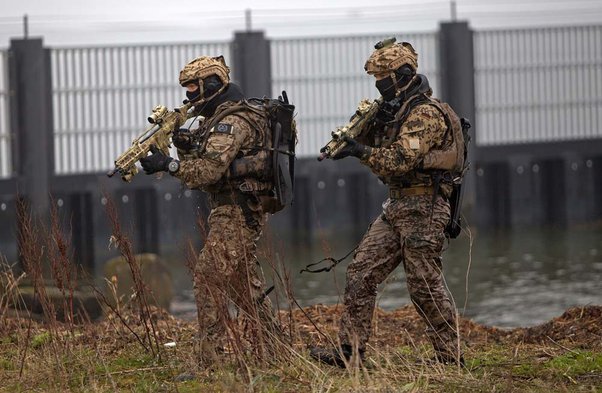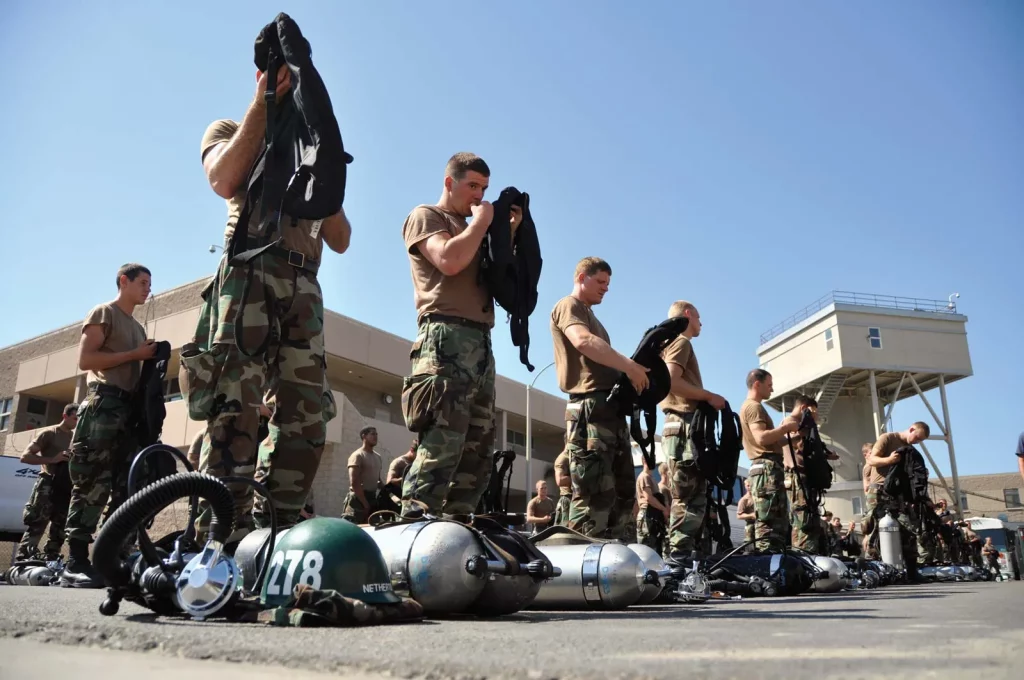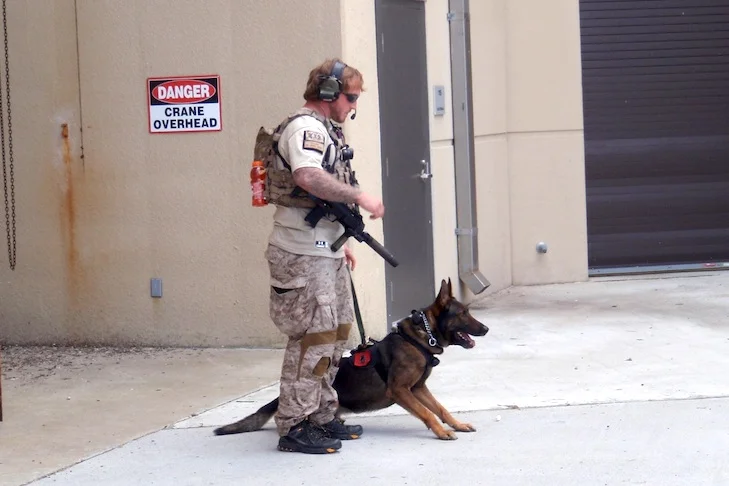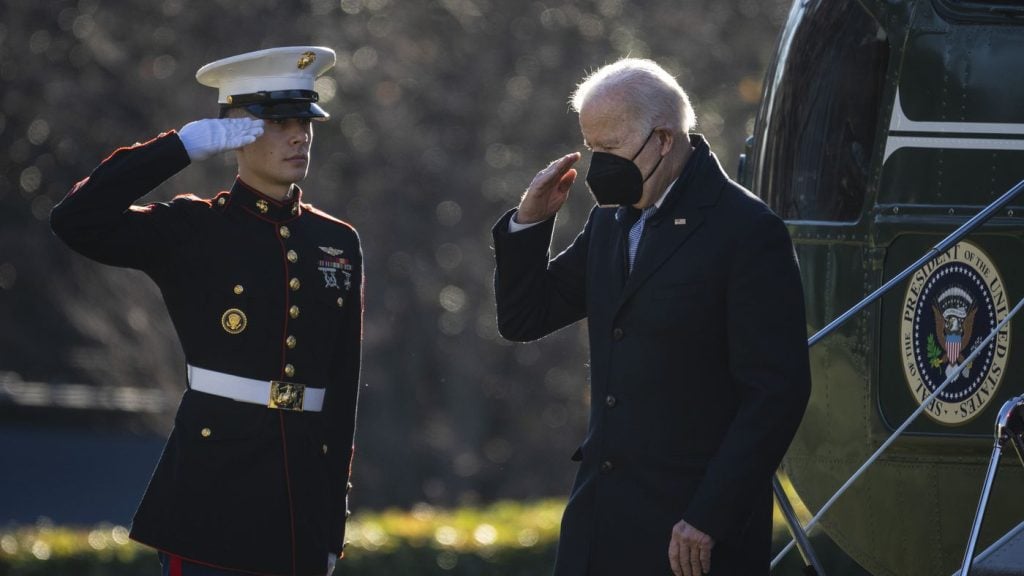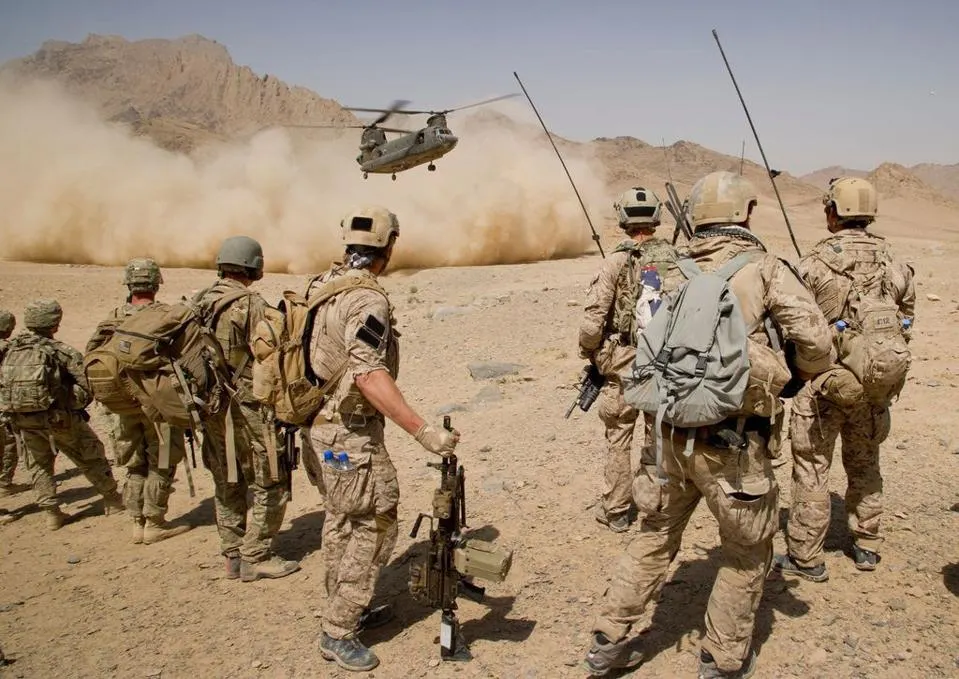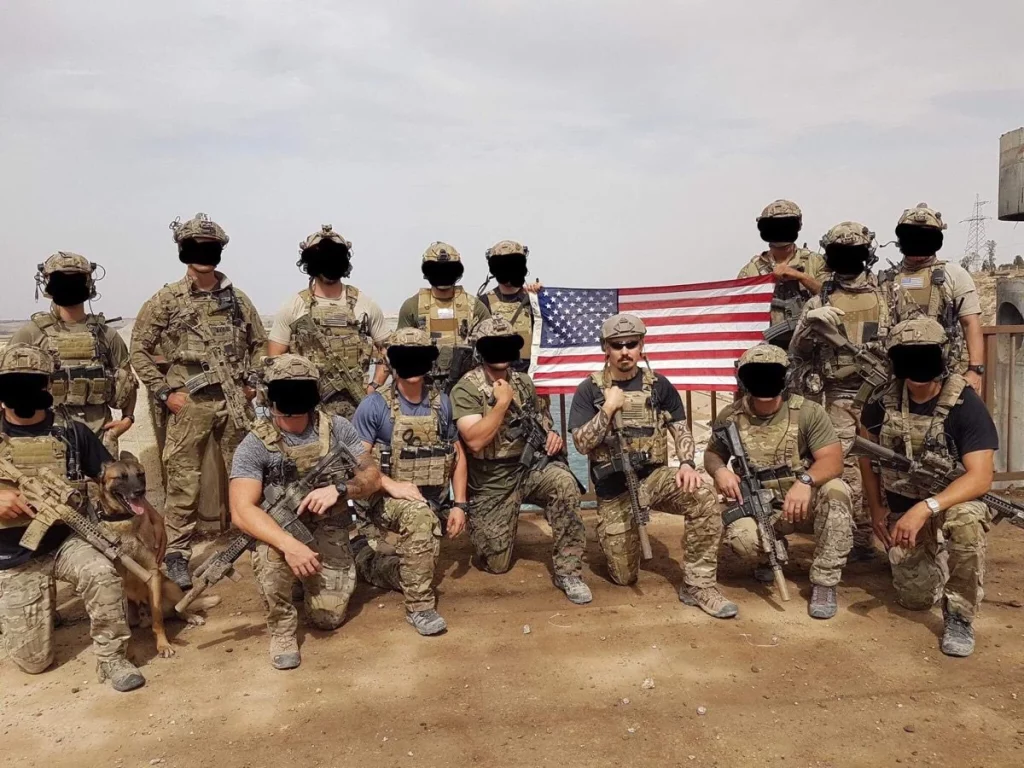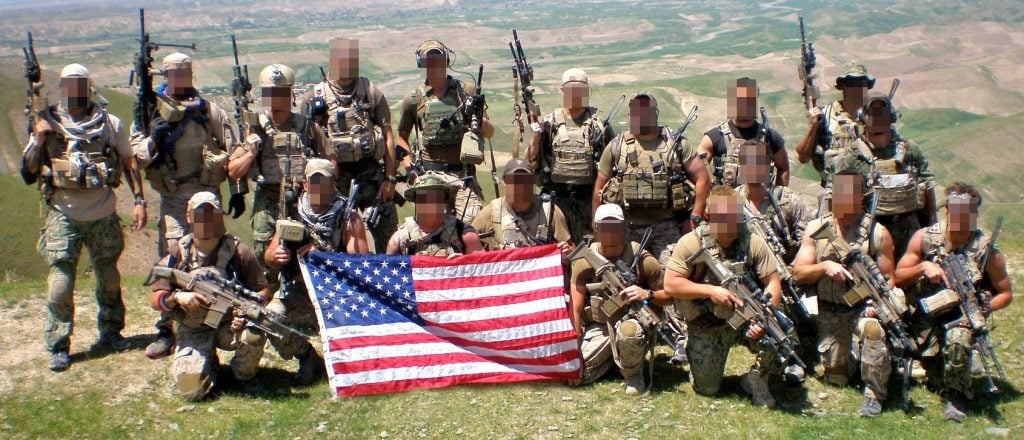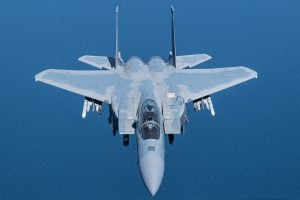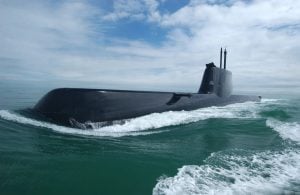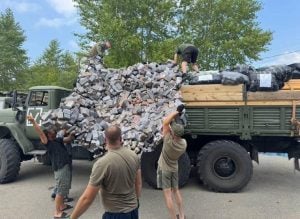The US Navy SEALs, an elite special operations force, have long captured the imagination of the public with their unparalleled skills, unwavering courage, and daring exploits. Shrouded in an aura of mystery and reverence, these highly trained warriors have become the stuff of legends, their feats inspiring awe and respect across the globe.
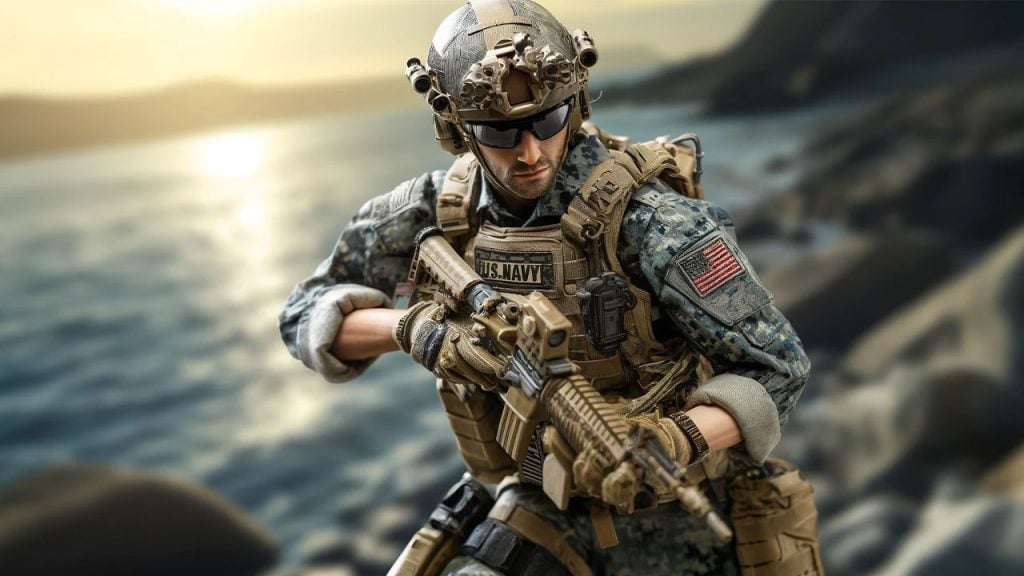
In this comprehensive article, we delve deep into the fascinating world of the US Navy SEALs, uncovering 10 captivating facts that shed light on the exceptional nature of these elite soldiers.
1. Rigorous Selection and Training: The Crucible of Becoming a Navy SEAL
Becoming a US Navy SEAL is no easy feat. In fact, it is one of the most challenging and demanding training programs in the world. With an astonishingly high attrition rate, the Navy’s Basic Underwater Demolition/SEAL (BUD/S) course weeds out all but the most exceptional candidates.
It is estimated that only 1 in 5 aspiring SEALs successfully completes the grueling training regimen, which includes arduous physical challenges, mental endurance tests, and specialized combat skills development. The 132 hours of non-stop training during the infamous “Hell Week” alone is enough to break the spirit of even the most hardened individuals, as they are pushed to the limits of human endurance.
Top 20 Elite US Military Special Forces and Their Roles
2. Visible Training, Covert Operations
Contrary to popular belief, the training of US Navy SEALs is not as secretive as one might expect. In fact, it is not uncommon for members of the public to witness SEAL trainees engaged in various exercises along the beaches of San Diego, California.
From hauling logs to operating inflatable boats and practicing beach landings, these elite soldiers hone their skills in plain sight, allowing onlookers to catch a glimpse of the rigorous regimen that transforms ordinary individuals into extraordinary warriors.
3. Versatility and Adaptability: The Hallmarks of a Navy SEAL
The acronym “SEAL” stands for “Sea, Air, and Land,” and this versatility is a defining characteristic of these elite soldiers. Trained to operate in a wide range of environments, from urban centers to deserts and jungles, US Navy SEALs are experts in a vast array of skills, including parachuting, weapons handling, and even withstanding grueling torture.
Their small numbers and extensive training enable them to accomplish tasks that larger conventional forces would struggle to undertake, making them a formidable and highly adaptable force.
14 Best Special Forces Uniforms Around The World
4. The Belgian Malinois: The Navy SEAL’s Canine Companion
The Belgian Malinois, a breed of herding dog known for its intelligence, agility, and unwavering loyalty, has become the canine of choice for US Navy SEALs. These remarkable dogs are trained to accompany the SEALs on missions, where they can perform a variety of tasks, such as identifying concealed humans and explosives, operating parachutes, and even jumping solo from aircraft.
With their exceptional speed, reaching twice the pace of a fit human, the Malinois are invaluable assets in the field, often being the first to enter danger zones and alert the troops to potential threats.
5. The Birth of the Navy SEALs: A Presidential Mandate
The origins of the US Navy SEALs can be traced back to the early 1960s, when President John F. Kennedy recognized the need for a specialized naval warfare unit capable of conducting covert operations.
In his famous “man on the moon” speech, Kennedy proposed an increase in paramilitary funding, and within a year, he had established the first two Navy SEAL teams, laying the foundation for the elite force we know today.
Top 7 Lethal Special Forces of India
6. Waterboarding: A Discontinued Training Technique
In the past, US Navy SEALs underwent a controversial training exercise known as waterboarding, a form of simulated drowning that was used to prepare them for potential torture techniques they might face in the field.
However, this practice was eventually discontinued due to the fact that no one could successfully complete the test, as the sheer terror and discomfort of the experience proved too much for even the most hardened individuals.
7. The Growth of SEAL Team 6: From 90 to 300
The events of 9/11 and the subsequent War on Terror led to a significant expansion of the US Navy’s elite forces, particularly SEAL Team 6, also known as the Naval Special Warfare Development Group. Prior to 9/11, this highly secretive unit consisted of approximately 90 members, but in the aftermath of the attacks, its strength was raised to nearly 300 operators.
This expansion allowed SEAL Team 6 to take on a more prominent role in the global fight against terrorism, contributing to some of the most high-profile and successful missions in recent history.
The World’s 15 Greatest Special Forces (Most Dangerous) 2024
8. The Counterparts: Special Operations Forces Across the Military Branches
While the US Navy SEALs are the most well-known special operations force, they are not the only elite units within the US military. Each branch of the armed forces has its own specialized counterparts, such as the Army’s Green Berets, Night Stalkers, and Rangers, the Air Force’s Special Tactics, and the Marine Corps’ RECON and MARSOC.
These highly trained and skilled operators work in tandem with the Navy SEALs, contributing their unique capabilities and expertise to the overall special operations mission.
9. The Elusive Teams: 6 and 9
Among the various Navy SEAL teams, two in particular – Team 6 and Team 9 – are not officially acknowledged by the US government. While the existence of these teams is widely known, their specific operations and activities remain shrouded in secrecy, adding to the mystique and legend surrounding the Navy SEALs.
This level of discretion reflects the covert nature of the work undertaken by these elite soldiers, who operate in the shadows to protect the nation’s interests.
10. The Vietnam War: A Remarkable Kill Ratio
During the Vietnam War, the combined efforts of SEAL Teams 1 and 2 resulted in an astounding kill ratio of 200 to 1, demonstrating the unparalleled skill and lethality of these elite warriors.
While only 46 SEALs lost their lives during the conflict, they inflicted a devastating toll on the enemy, showcasing the formidable combat capabilities of the US Navy’s special operations forces.
The US Navy SEALs are a truly remarkable and awe-inspiring force, whose exploits and accomplishments have captured the imagination of people around the world. From their rigorous selection and training process to their unparalleled versatility and adaptability, these elite warriors embody the very essence of courage, determination, and unwavering commitment to their mission.
Through this comprehensive exploration of 10 fascinating facts about the Navy SEALs, we have gained a deeper appreciation for the extraordinary individuals who don the coveted Trident and serve as the nation’s most elite special operations force. Their legacy of excellence and heroism will undoubtedly continue to inspire generations to come.
FAQs
1. How many active-duty Navy SEALs are there?
According to reports, there are approximately 2,450 active-duty Navy SEALs, which amounts to only around 1% of the total personnel in the US Navy.
2. Do women serve as Navy SEALs?
Until recently, the Navy SEAL teams were restricted to male candidates only. However, in 2015, the US Navy announced that it would allow women to serve as Navy SEALs, provided they can successfully complete the grueling Underwater Demolition and SEAL training program.
3. How long does it take to become a Navy SEAL?
The training and preparation process to become a Navy SEAL is one of the longest and most intensive in the US military. Estimates suggest that it can take more than two and a half years of rigorous training before a SEAL candidate is deemed ready for deployment.
4. Can the public observe Navy SEAL training?
Yes, the public is encouraged to witness Navy SEAL training exercises, particularly along the beaches of Coronado, California, near San Diego. The Navy welcomes visitors to observe the intense physical and mental challenges faced by SEAL candidates as they hone their skills.
5. What is the origin of the Navy SEAL name?
The acronym “SEAL” stands for “Sea, Air, and Land,” reflecting the versatility and adaptability of these elite soldiers, who are trained to operate in a wide range of environments and terrains, from the depths of the ocean to the skies above and the land beneath their feet.
